3.3 Landscape and Places
Knowledge and understanding of the significance of East Iceland’s landscape features and qualities should be enhanced. Vatnajökull National Park will be a strong driver of the economy, and the highlands will be increasingly utilized in tourism. Buildings should blend well with the landscape, and there should be a commitment to their design, as well as all other landscape and environmental design, such as public spaces in urban areas.
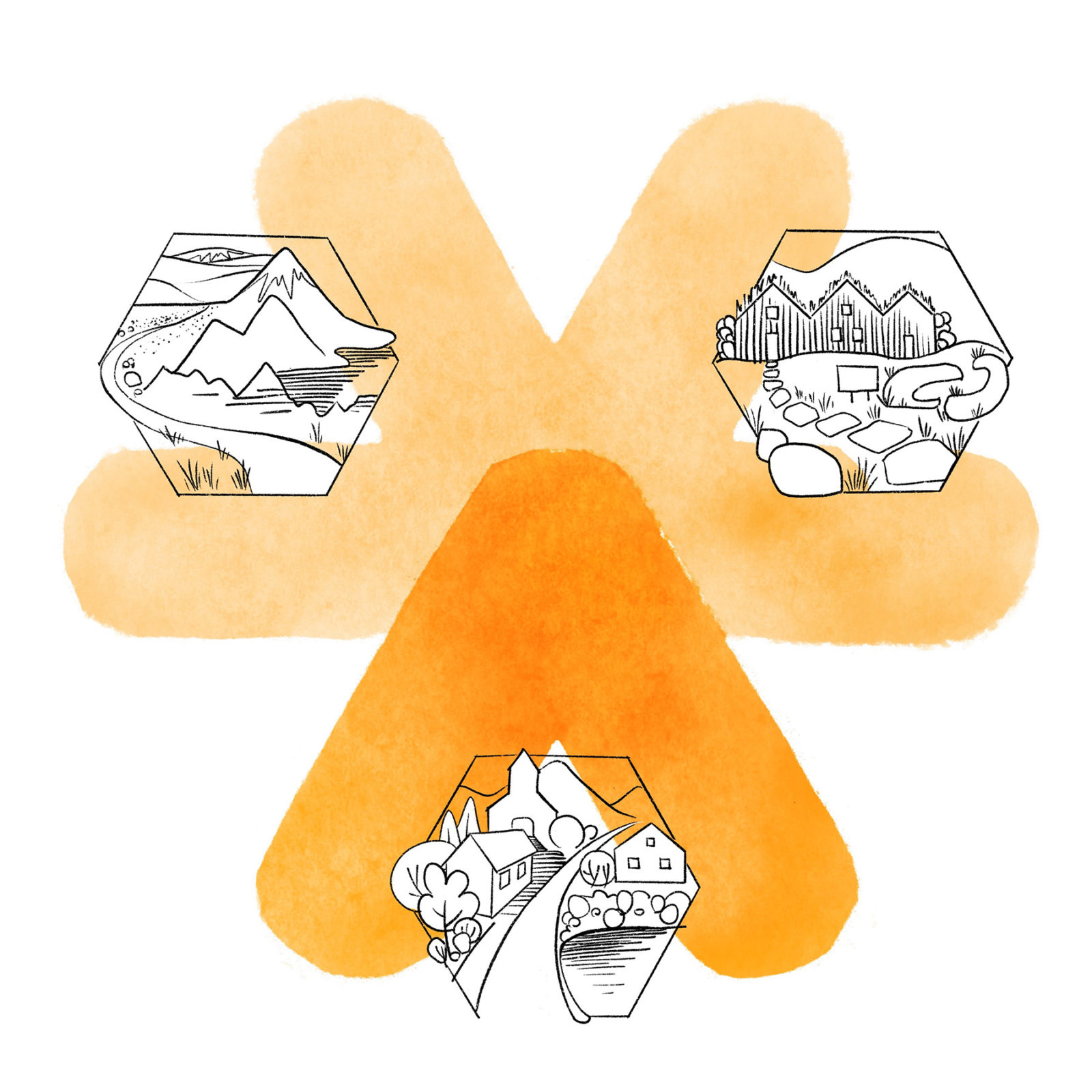
É. Policy on Landscape Types and Conservation Areas
É.1 Knowledge of landscape features, units and qualities of East Iceland should be increased, as well as understanding their significance for biodiversity, public health, quality of life, and the economy.
A landscape analysis for East Iceland should be conducted, based on the classification project and guidelines of the National Planning Agency on national landscape types, with the aim of being useful for:
- Policy-making on land use and construction in the master plan, including policy on wilderness areas and the use of wind and other energy resources.
- Formulating detailed plans for specific areas.
- Environmental assessment of plans and projects.
- Regional forest plans and forestry plans.
- Development of outdoor recreation opportunities and tourism.
- Development of regional branding for the region and place branding for individual places within it, useful for marketing products and attracting residents, businesses, and tourists.
É.2 Preserving Valuable Landscapes and Enhancing Landscape Quality
The aforementioned analysis and planning should be used to preserve valuable landscapes and enhance landscape quality. Geological and cultural heritage conservation should be considered.
Recreational and other new developments in rural areas should avoid significant or sensitive areas.
Landscape considerations should be taken into account when utilizing geological resources, and land should be shaped appropriately after material extraction.
Increased research on the geology of East Iceland and dissemination of information about it should be supported.
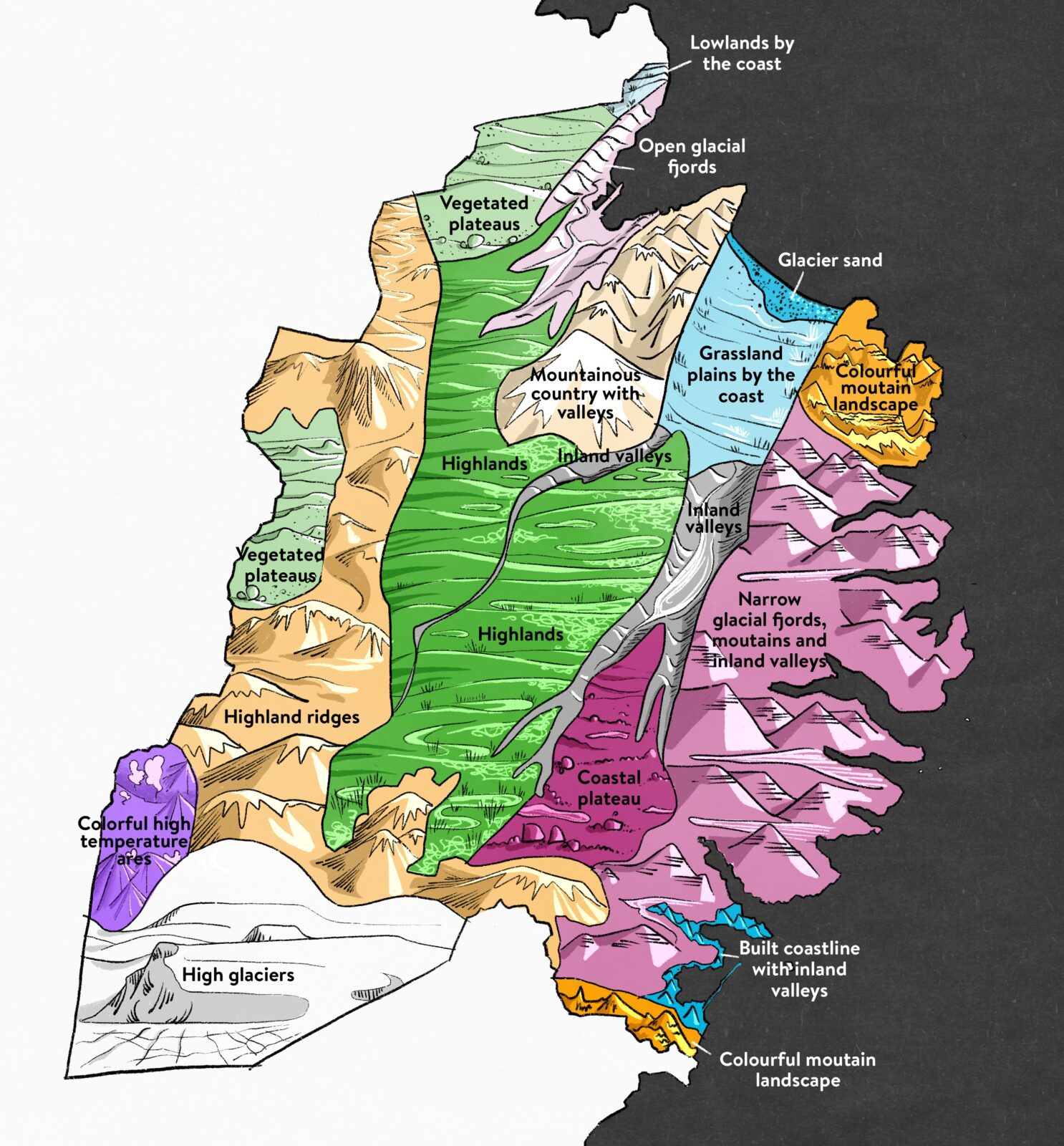
É.3 Strengthening Vatnajökull National Park and Other Protected Areas as Tourism Drivers and increase the number of related jobs in the region.
Efforts should be made to strengthen cooperation between municipalities, the national park, and the Environmental Agency on area planning, utilization of opportunities, and infrastructure development for nature conservation, outdoor recreation, and tourism.
The administration of Vatnajökull National Park should be based in East Iceland.
É.4 Increasing Utilization of East Iceland’s Highlands as a Resource for Tourism
The natural and cultural heritage of East Iceland’s highlands should be used as a resource in tourism, and support should be given to the cooperation of tourism operators in utilizing this resource.
É.5 Maintaining the Unique Characteristics of East Iceland’s Highlands
The unique characteristics and natural qualities of the highlands should be maintained, taking into account landscape wholes, cultural heritage, and experiential opportunities in planning, land use, and construction.
É.6 Preserving Areas of Regional, National, or Global Importance for Natural Features and/or Landscape
Wetlands of international significance, listed under the Ramsar Convention, and areas listed as Important Bird Areas by BirdLife International should be protected.
Legal protections under the Nature Conservation Act and the Heritage Act, or local protections under the master plan, should be used to preserve valuable areas.
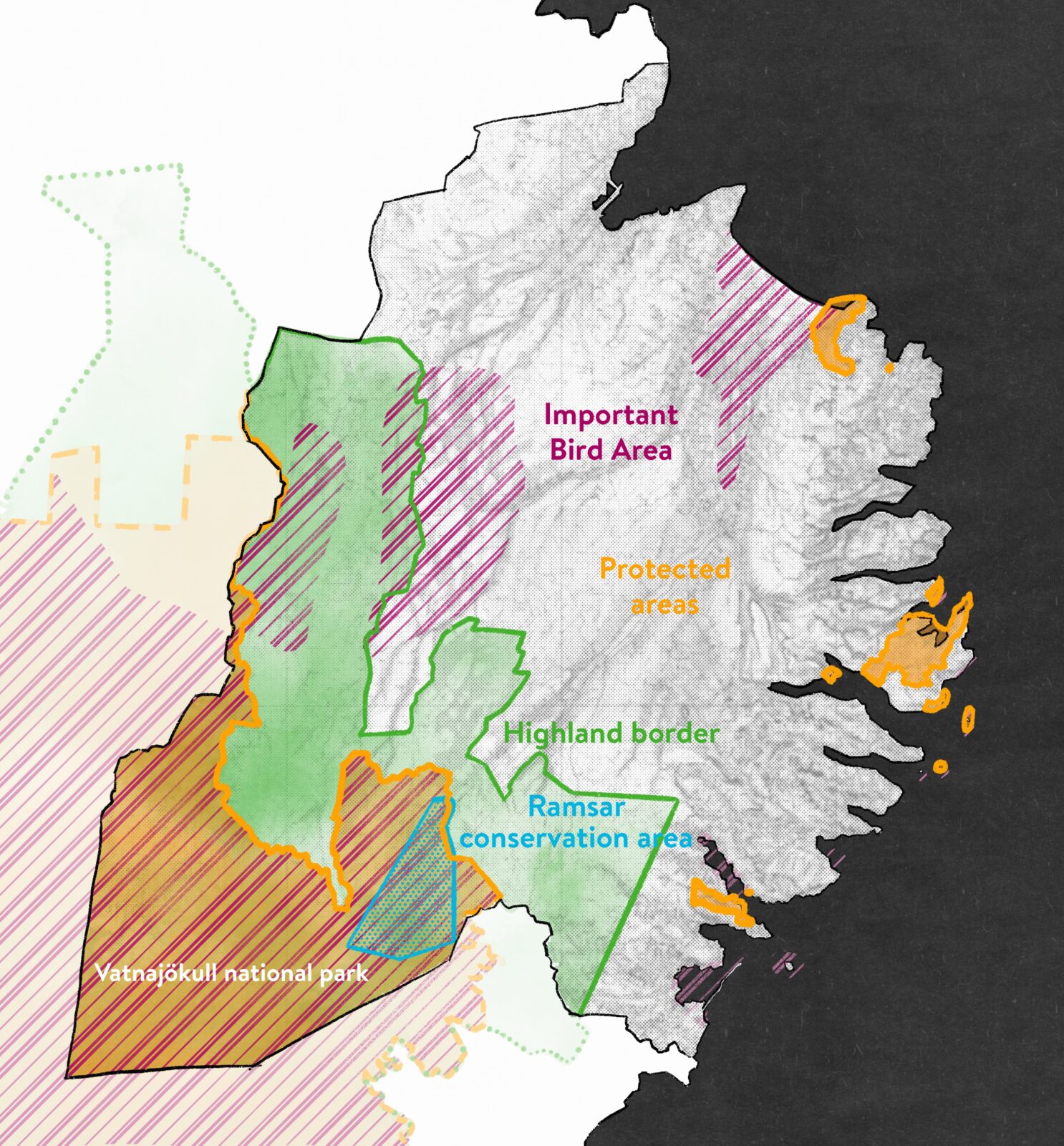
Explanations of Policy on Landscape Types and Conservation Areas
Landscape as a Resource
The term “landscape” encompasses various aspects of nature, culture, and perception that together create an experience of a particular area or place. This experience is part of residents’ identity and well-being, influencing quality of life, attractiveness, and the image of a place or region. Landscape is thus a resource that attracts tourists, businesses, and new residents.
Changes in the landscape occur due to both natural processes and human activities. Planning and environmental impact assessments play an important role in ensuring that landscape changes are positive for nature and society, e.g., by setting land use regulations, defining conservation areas, and ensuring well-prepared construction projects.
Cultural and residential landscapes are considered cultural heritage under the Heritage Act and the European Landscape Convention,59 which emphasizes incorporating landscape considerations into all areas of society and raising awareness of landscape value and quality through landscape analysis. This emphasis is followed in the Planning Agency’s proposal for an amendment to the national planning strategy introduced in 2020.60 A corresponding parliamentary resolution proposal was submitted to the Althingi in April 2021 but has not been approved.61
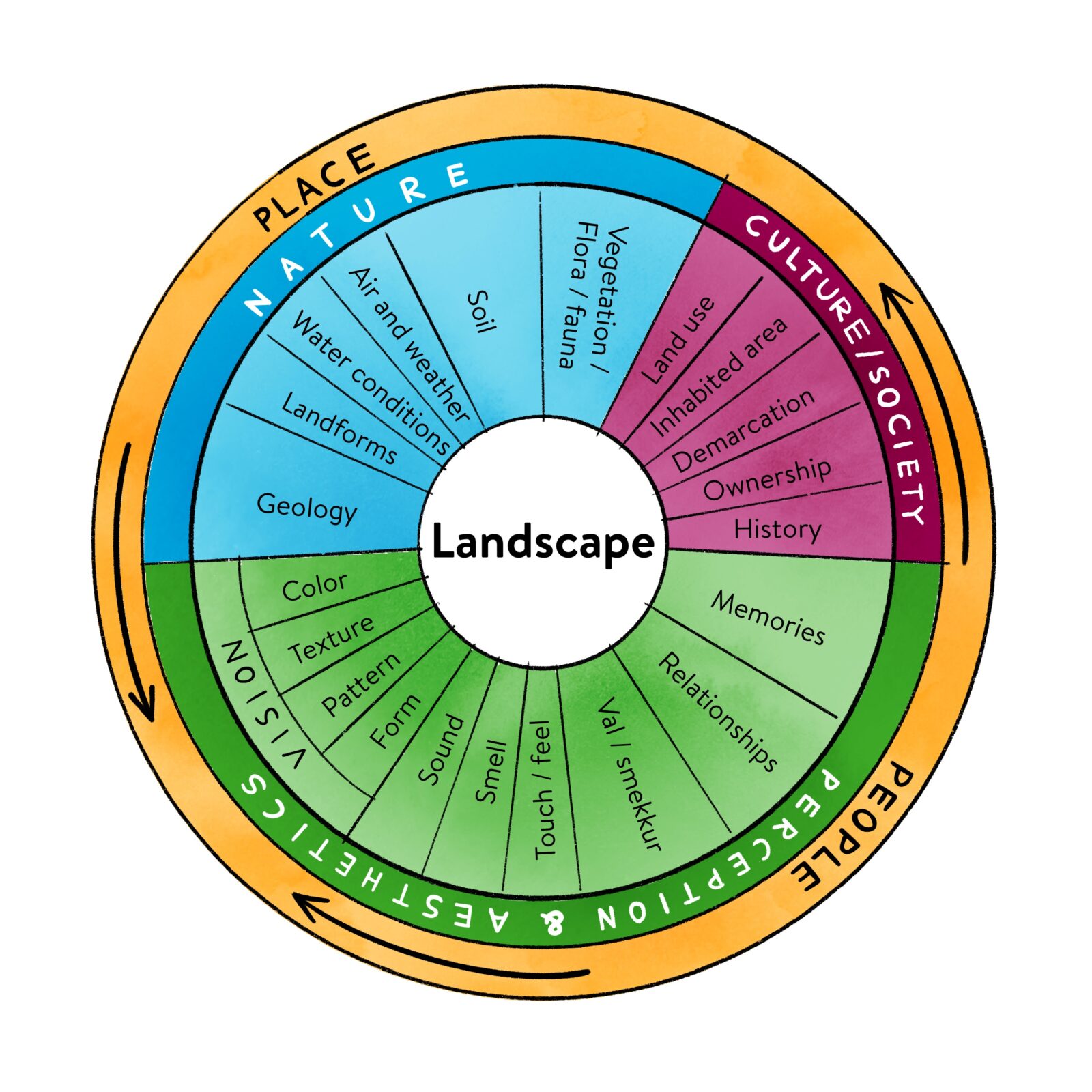
Landscape Analysis
The Planning Agency has developed a classification system for landscape types in Iceland, defining each type based on landforms, elevation, surface features, land use, and visual characteristics. The purpose of this mapping is to provide baseline information for planning and further future landscape unit mapping.63
This classification highlights that East Iceland has a great diversity of landscapes and features landscape types that are rare nationwide, giving the region a unique character.
Further local analysis can provide an even better foundation for policy-making on landscape conservation and development, detailed planning, and construction projects. It can also support the further development of tourism based on the region’s uniqueness.
In addition to landscape analysis, ecosystem classification and archaeological surveying can improve the basis for assessing conservation value and making decisions on conservation or protection of areas.
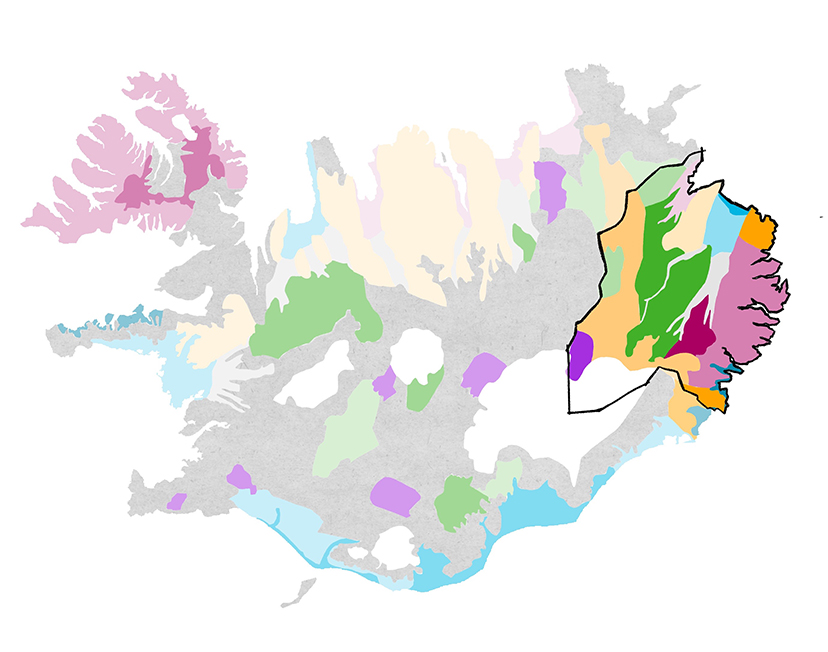
Friðlýst svæði og önnur verndarsvæði
Náttúruverndarsvæði skiptast í:
- Protected areas and defined habitats of protected species.
- Areas and natural formations on the Band C-parts of the nature conservation register.
- Defined areas on land and at sea that are protected under other laws for nature or landscape reasons.64
Decisions on area conservation are based on assessments of the conservation value of natural features, landscapes, history, or heritage, using recognized criteria and considering regional, national, or global significance.65
East Iceland boasts a share in Vatnajökull National Park, listed as a UNESCO World Heritage Site.66 The park attracts numerous visitors annually and holds great potential for tourism in East Iceland. The park operates a visitor centre in Fljótsdalur, Snæfellsstofa, which is a key anchor for nature conservation and tourism in the region.
Other protected areas in the region include nature reserves, national parks, landscape protection areas, natural monuments, and protected habitats, as well as the Jökulsá á Fjöllum watershed, protected from energy development. These areas include:
Nature Reserves:
- Kringilsárrani
- Hólmanes
- Skrúður
Nature Reserves near urban areas:
- Álfaborg
- Fólkvangur Neskaupstaðar
- Hólmanes
- Teigarhorn
Landscape Protection Areas:
- Gerpissvæðið
- Svæði norðan Dyrfjalla
Natural Monuments:
- Stórurð
- Helgustaðanáma
- Teigarhorn
- Blábjörg á Berufjarðarströnd
Habitats:
- Hálsar í Djúpavogshreppi – búsvæði tjarnaklukku
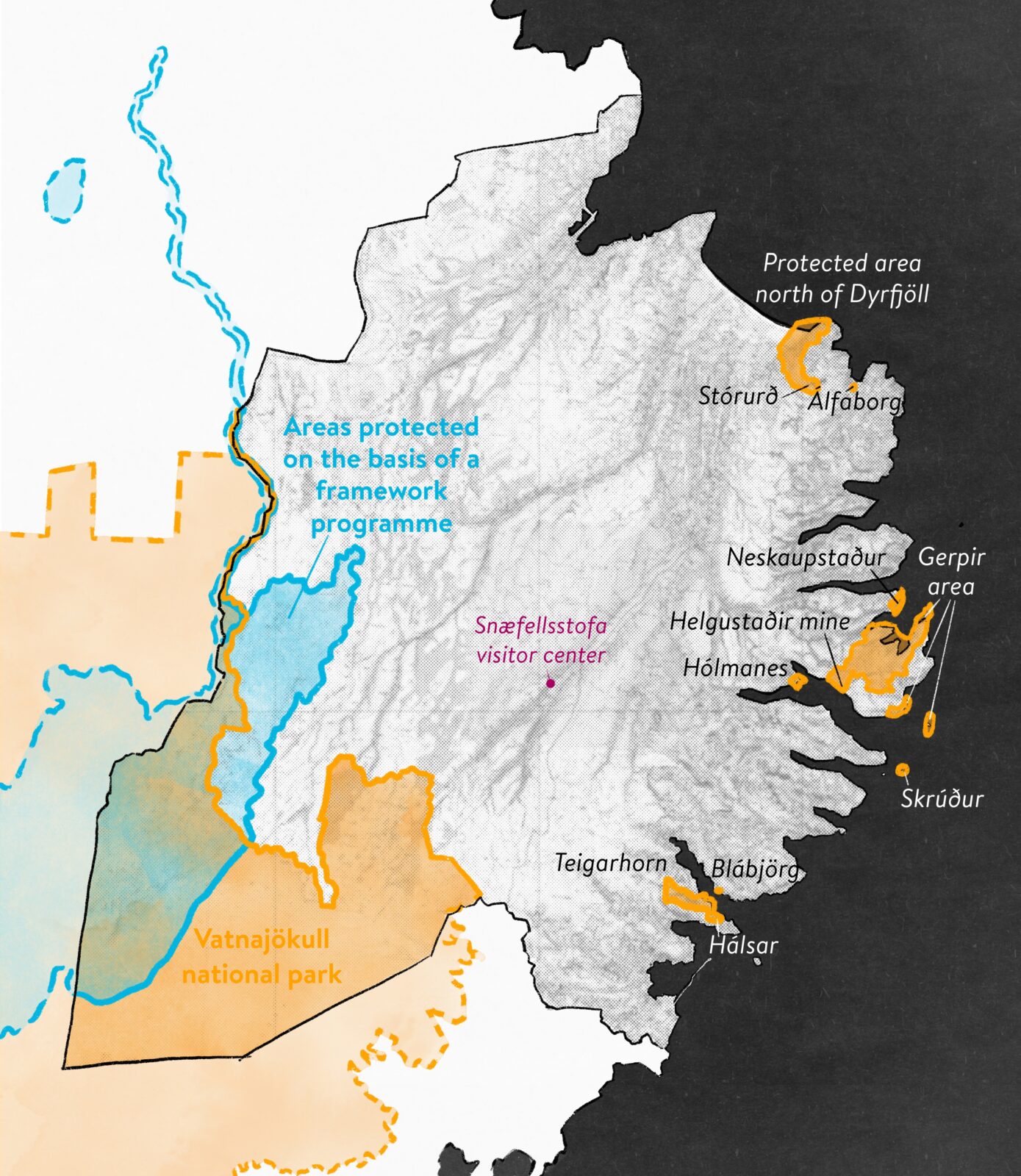
F. Policy on Place making
F.1 Attractive Landscape and Building Design at Tourist Destinations
Guidelines should be developed for the design of tourist destinations in the region to enhance quality and safety.
F.2 Beautifying Town Centres and Other Public Spaces in Urban Areas
Street design and landscaping should be used to create an attractive environment and framework for community life.
Vegetation should be increased to beautify and improve the environment, create appealing and interesting settings for motion and outdoor activities, and contribute to climate action and biodiversity maintenance.
F.3 Buildings Should Blend Well with the Landscape
The location and design of buildings in both urban and rural areas should consider the landscape, landmarks, sightlines, views, and existing buildings. Special attention should be given to the design of buildings and other structures that create new landmarks.
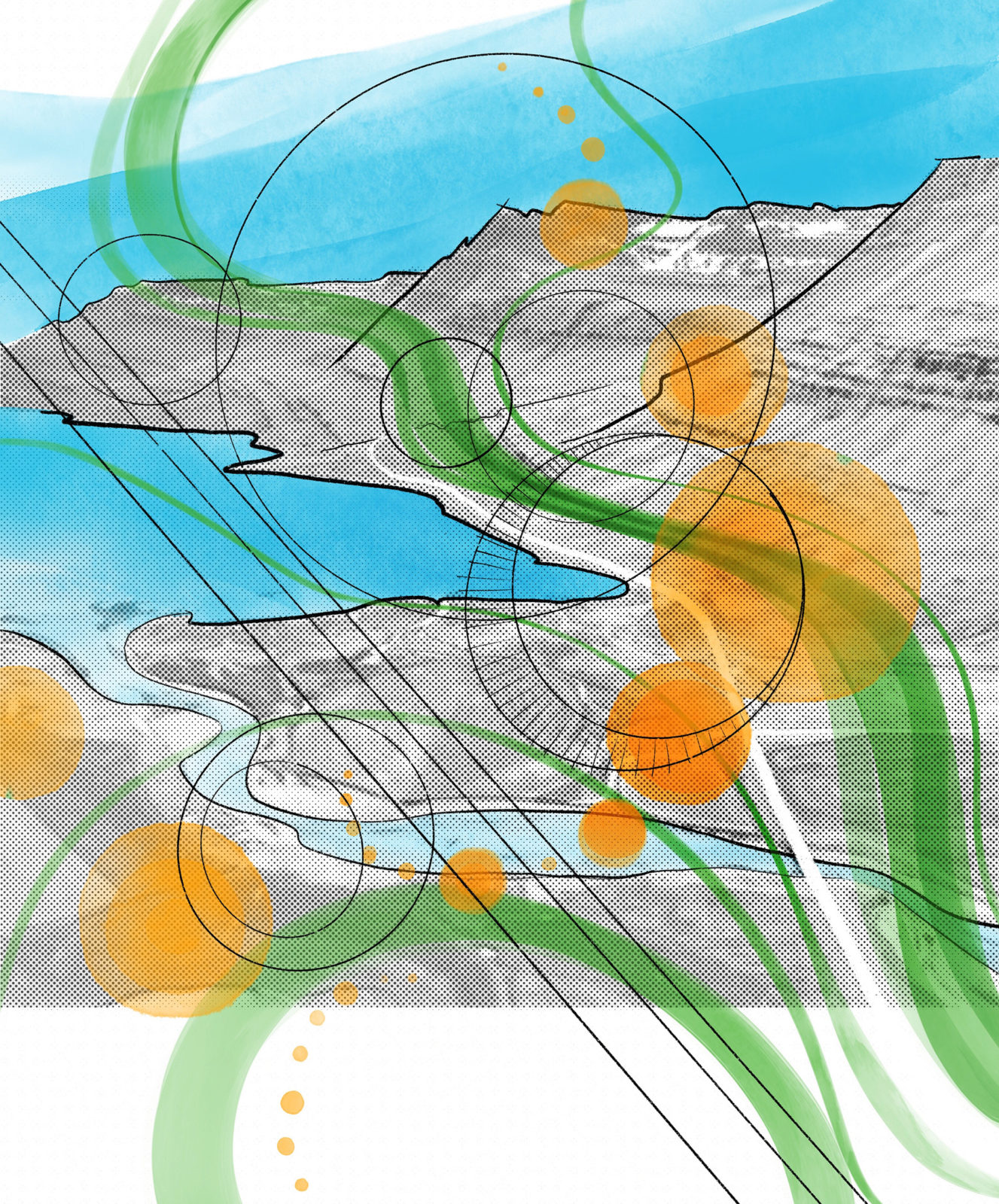
Explanations on Policy Regarding Place Making
Place Making and Adaptation to the Landscape
When developing both urban and rural areas, including tourist destinations, it is important to define the characteristics, image, and uniqueness of places to create a memorable experience for residents and visitors.67 Buildings in rural areas should take into account traditional architecture, landscapes, and local conditions, such as landmarks, sightlines, and views. Efforts should be made to avoid unnecessary construction in areas that are unique and valuable due to their landscape characteristics or ecosystems. Recreational developments should be well-defined and continuous to prevent disruption to sensitive areas and landscape quality.68 By defining travel routes and creating well-designed structures at tourist sites, traffic can be directed along specific paths, thereby protecting vulnerable nature from disturbance.
Urban planning and land use should strive to preserve landscape characteristics and enhance the qualities of landscapes and natural environments through the design of built environments and urban spaces. There should be good access for all modes of travel to the untouched nature found in East Iceland, which encourages outdoor activities, exercise, and nature experiences.69

G. Policy on Heritage and History
G.1 Valuable Cultural Heritage Should be Preserved
Valuable architectural heritage and other cultural artifacts should be protected.
Efforts should be made to register archaeological sites and assess their conservation value, prioritizing areas that may be disturbed.
G.2 History and Cultural Heritage Should Be Utilized More
Data on archaeological sites, historical locations, and other cultural artifacts should be made as accessible as possible. Consideration should be given to them in land use, construction, and their utilization in product development for tourism and other industries.
Emphasis should be placed on highlighting and presenting stories and historical sites that form the historical narrative of the region and using them in product development and marketing for tourism and other sectors. Historical narratives can focus on topics like early settlers, rural farms, monasteries, Norwegian buildings, and the influence of foreign fishermen, as well as newer stories and places that describe the economic history and contemporary culture of the region.
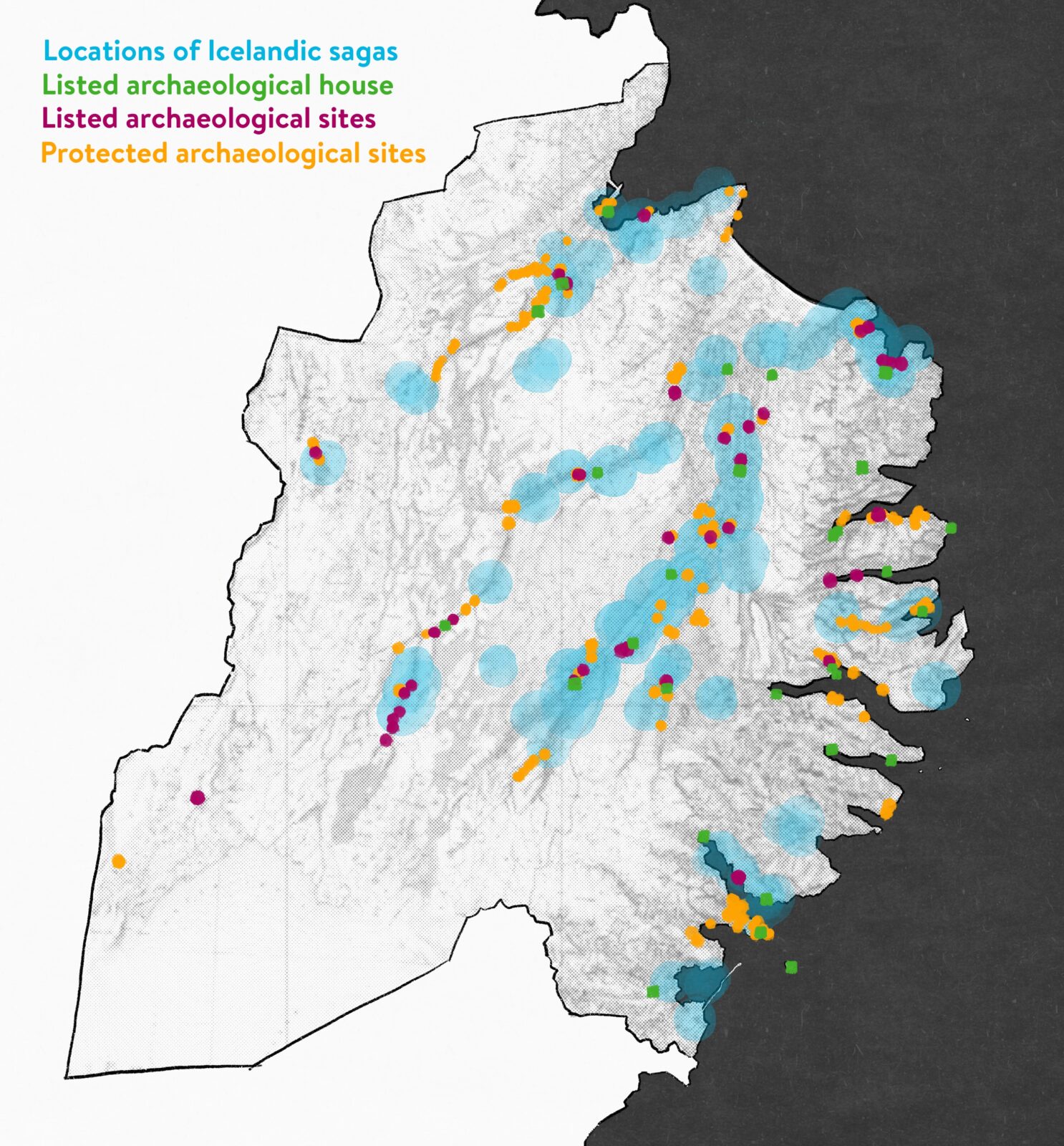
Explanations on Policy Regarding Heritage and History
The history of East Iceland, like its landscape, is part of the residents’ identity and is a resource that can be used in landscape shaping, product development, and marketing of the area and individual industries or products.
Good and accessible data on history and heritage are important to utilize this resource effectively. Therefore, place-name and archaeological registrations, archaeological excavations, and other research on heritage and history are crucial.
By considering historical context in the development of settlements and using cultural heritage to highlight landscape characteristics, the roots of the community and the region’s spirit can be strengthened. The history becomes living and visible.
To make history visible, it is also important that museums are equipped to preserve and display archaeological finds from the region.
To protect cultural heritage, it is necessary to prevent damage from pressure and to repair any damage that has occurred. Permission from the Icelandic Heritage Agency is required if any archaeological sites are to be altered, and the agency can also provide guidance on how to utilize cultural artifacts.
In Djúpivogur, the settlement by the bay70 has been designated as a protected area based on the Act on the Protection of Cultural Heritage.71 Efforts are being made to further protect building ensembles, and this approach could be considered for other places in East Iceland.
